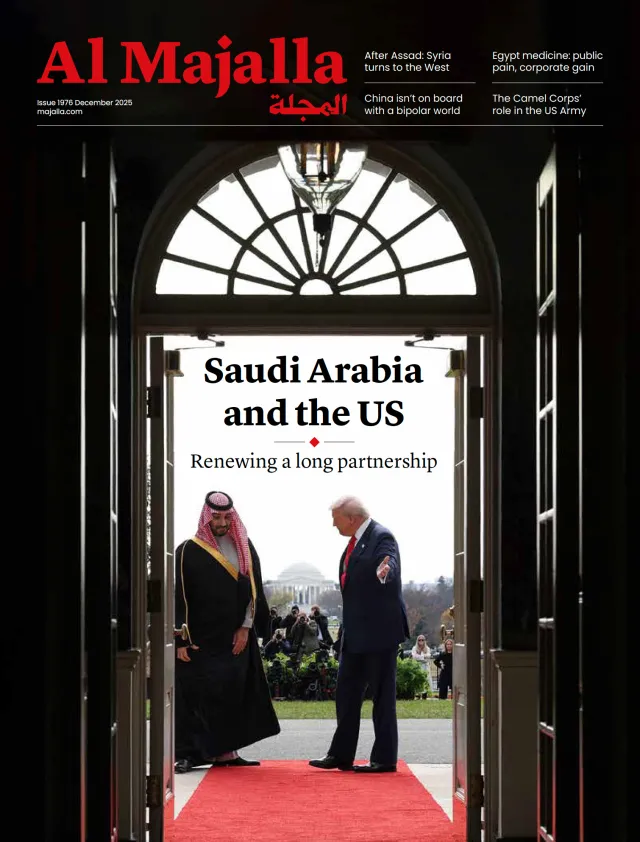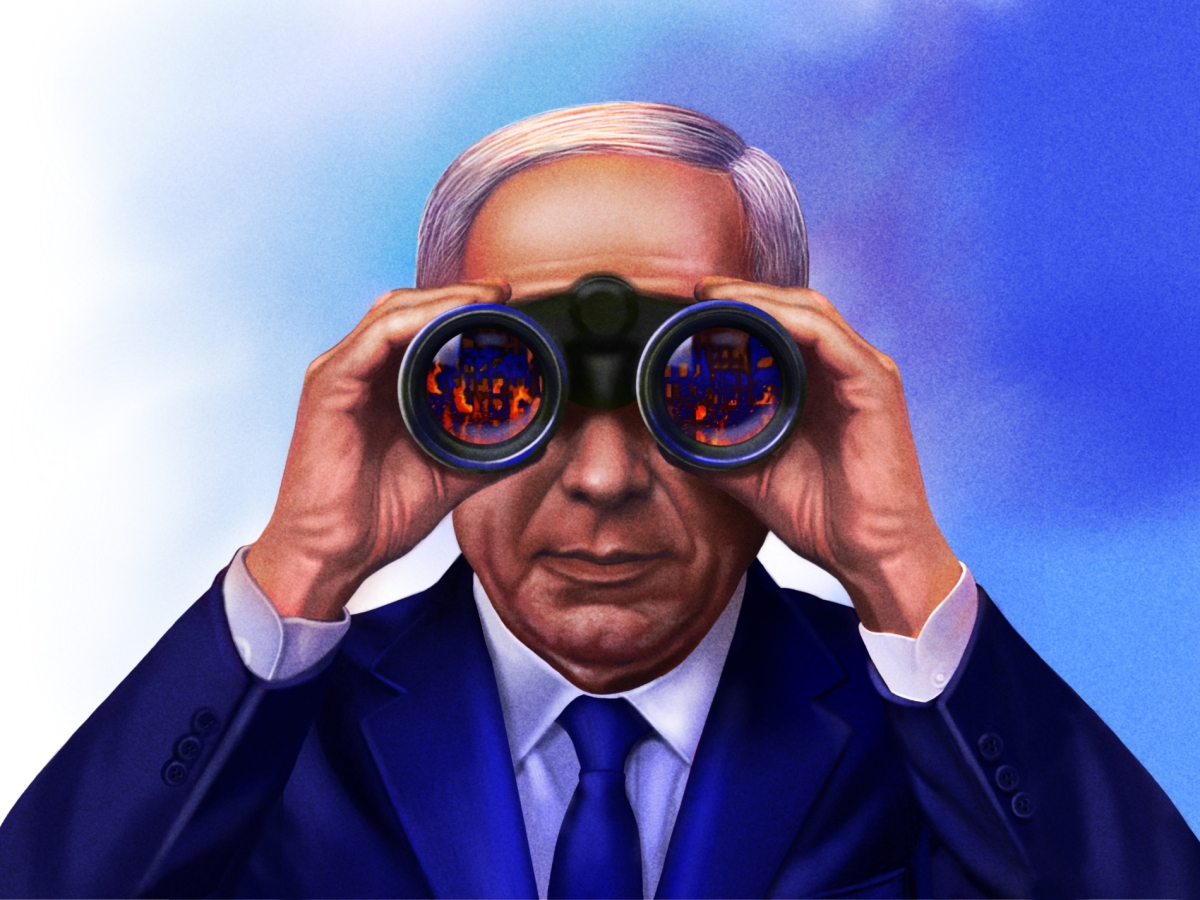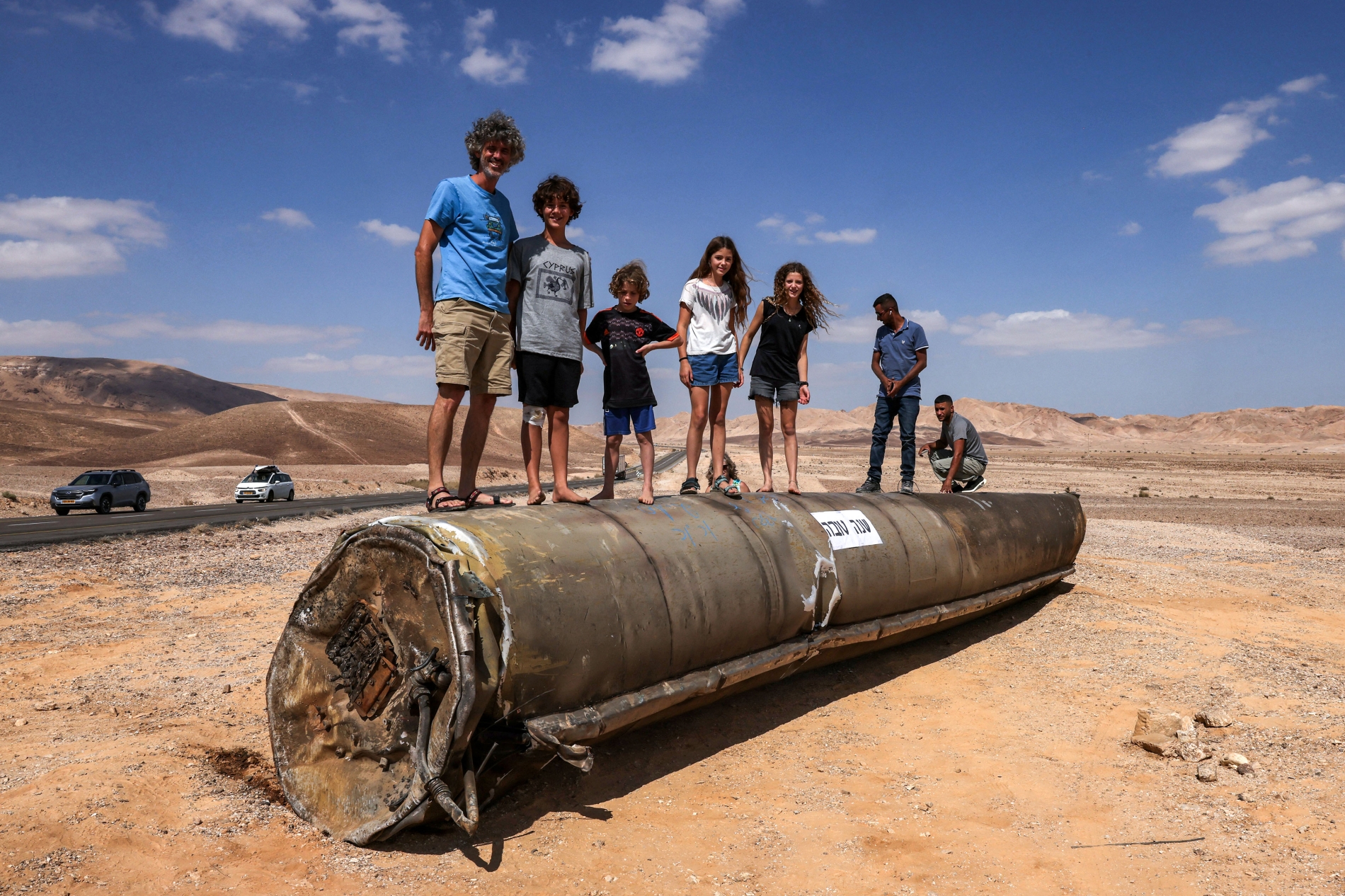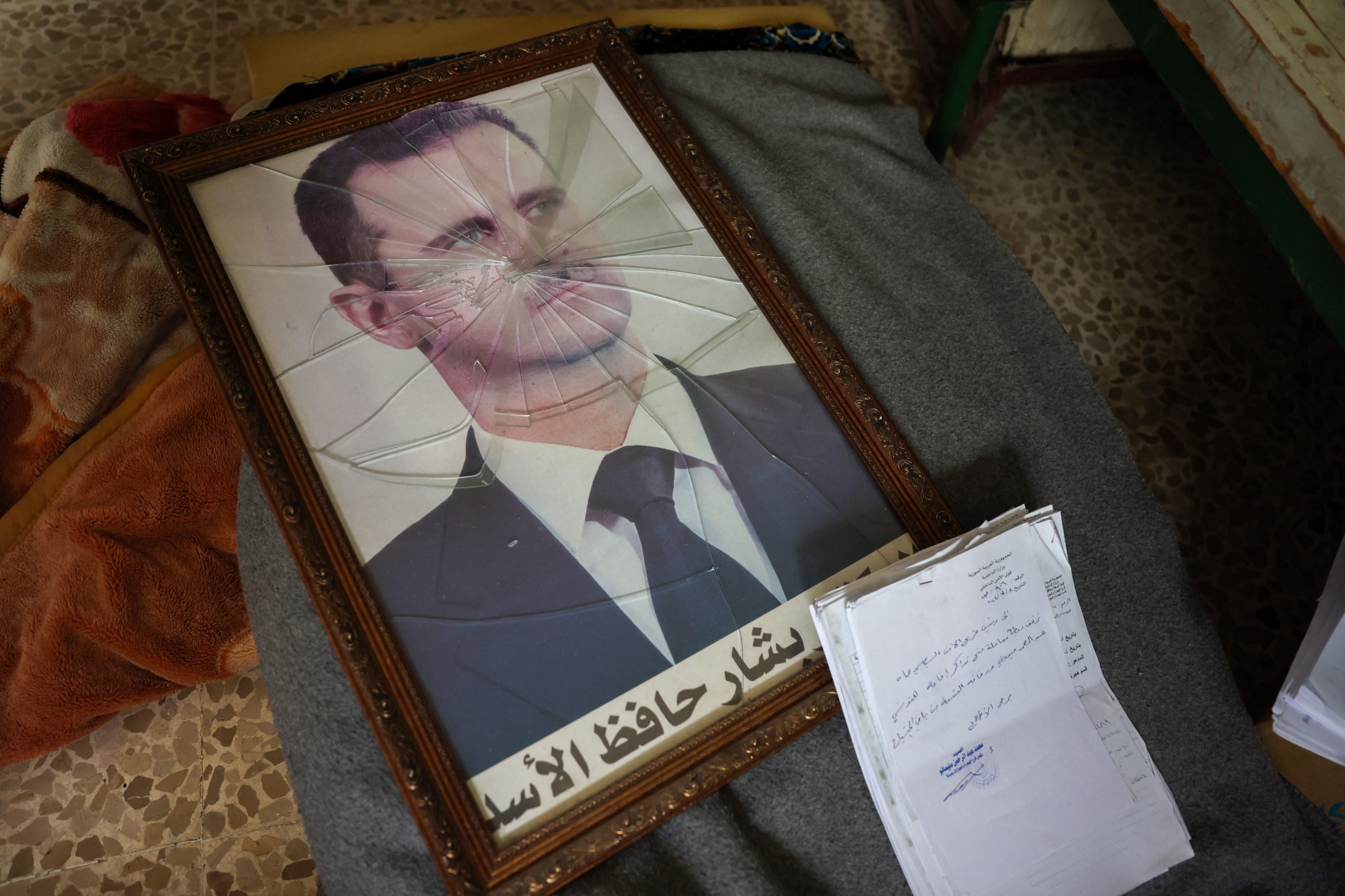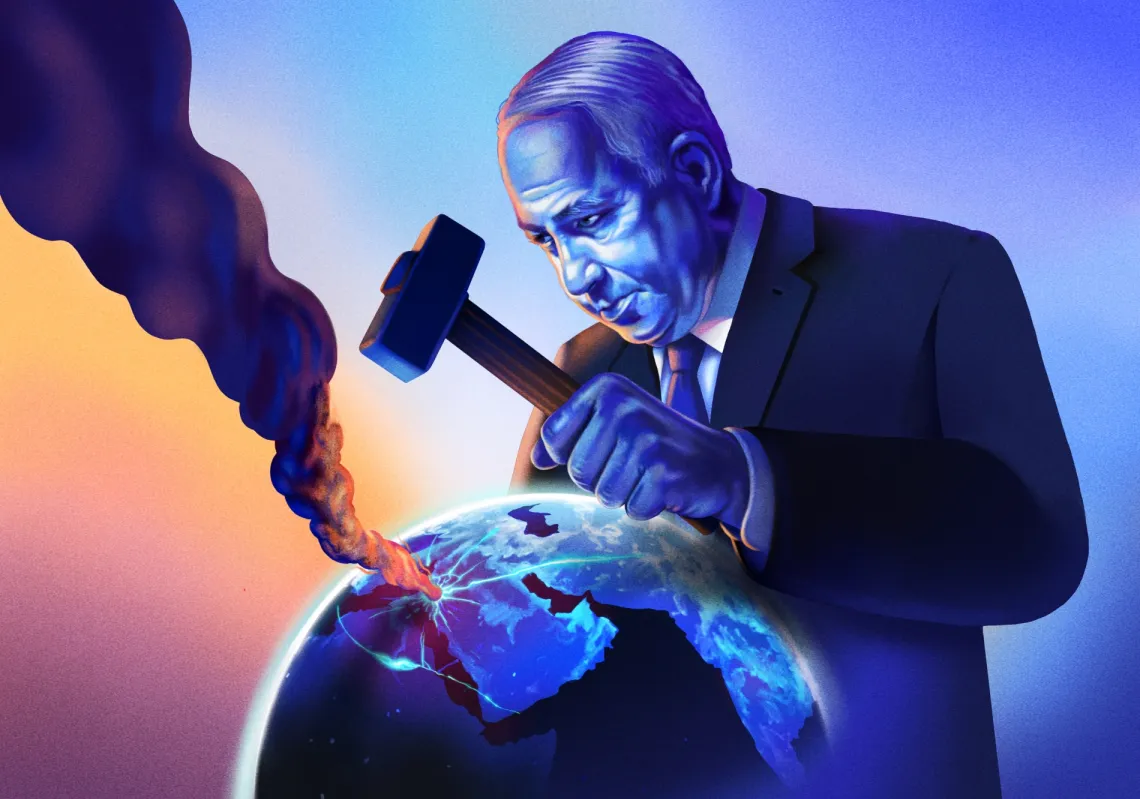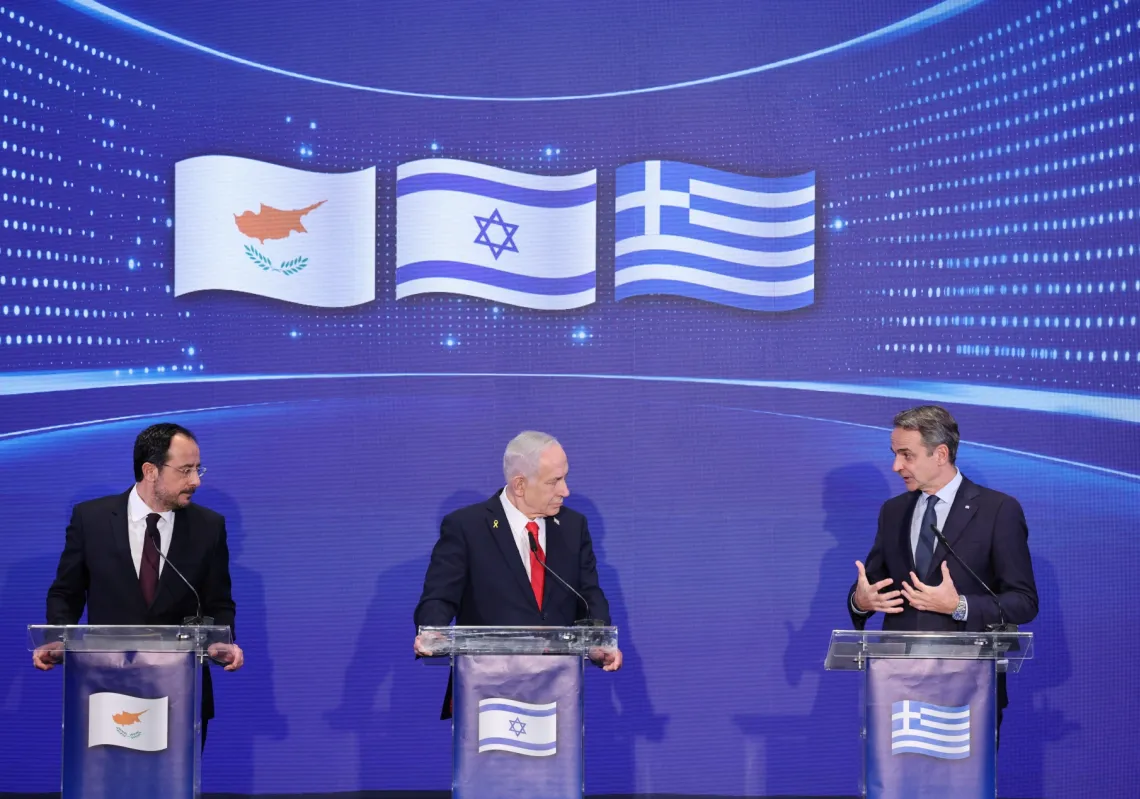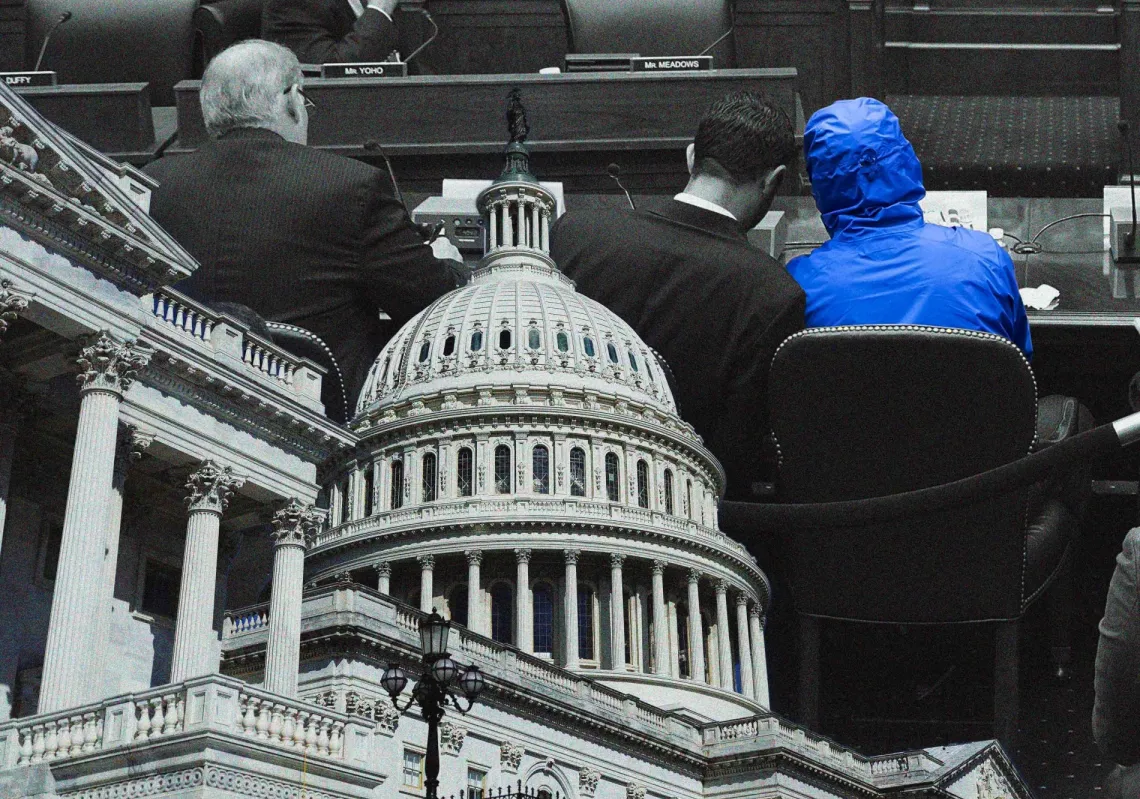No day resembles October 7 in Israel’s history, except perhaps the fateful beginning of the surprise 1973 Arab-Israeli War. The feelings on that day reminded me of a conversation I had, years before, with a former Israeli general stationed in Sinai at the very onset of the 1973 war. He recalled the utter surprise, as Egyptian planes flew over the cantina of his military base, as soldiers ran out of their tables to wrestle back the initiative. The chaos. The sinking sense of defeat before fighting had even started.
These feelings are shared across two generations, half a century apart. Those who lived through the fighting that took place across Israeli kibbutzim as thousands of Hamas and Islamic Jihad fighters stormed towns and houses recall that same dread—the same lack of direction that could only be undone by personal initiative. Pilots flew without authorisation, soldiers joined without uniforms, and the entirety of the security apparatus moved in a million directions without a head. Most of those who lived through it said it took weeks, if not more, for the Israeli military and security machine to snap out of the state of chaos that had followed the attacks.
At the leadership level, too, the lack of direction was felt. It took Israel three weeks to launch a ground operation in Gaza after October 7. This was in part due to the need to seal off the border and make sure no further Hamas attacks could take place. One of the key reasons for the delay was the lack of a clear plan to respond to such an attack, as well as some reluctance within Israel’s top echelon to engage in a full-scale invasion of Gaza.
Prime Minister Benjamin Netanyahu, in particular, was reluctant to trust the military after October 7 with such an unprecedented endeavour. In discussions over the years regarding Gaza, multiple officials had argued against any major ground operations for fear that going deep into Gaza would cost Israel both hundreds (and more likely thousands of soldiers) and its legitimacy, given how gruesome urban infighting was bound to be.
During the last ground operation in Gaza, in 2014, the Israeli army had made sure not to tie itself to broad objectives: it focused solely on destroying “attack tunnels” (namely tunnels that crossed the border and went from Gaza to Israel), thus advancing only a handful of kilometres deep into the Gaza strip, and avoiding some of the strip’s most populated areas.
When the Israeli army had pushed deeper, it faced significant resistance, including during an ambush in Gaza City’s Shuja'iyya neighbourhood. As the talks continued, and the need for a different kind of operation became clearer, Netanyahu still remembered those talks. Eventually, he greenlit the operation, which had been built not as an “all-out” invasion of Gaza, but a piecemeal attack that would first focus on northern Gaza, before moving to other areas. The operation also focused on delivering overwhelming firepower to cover ground advances.
As is often the case with Netanyahu, politics was a key consideration. In the days after October 7, the Israeli premier was looking to secure a political buy-in for any further Israeli response in Gaza through a unity government. The formation of an emergency government on 11 October 2023, bringing opposition leader Benny Gantz into a war cabinet alongside Netanyahu and Defence Minister Yoav Gallant, demonstrated the gravity of the moment and allowed the Israeli PM to regain some modicum of legitimacy after one of the most catastrophic days in Israel’s history. This unprecedented political alignment reflected the consensus that Israel faced an existential challenge requiring a response that transcended normal political divisions.
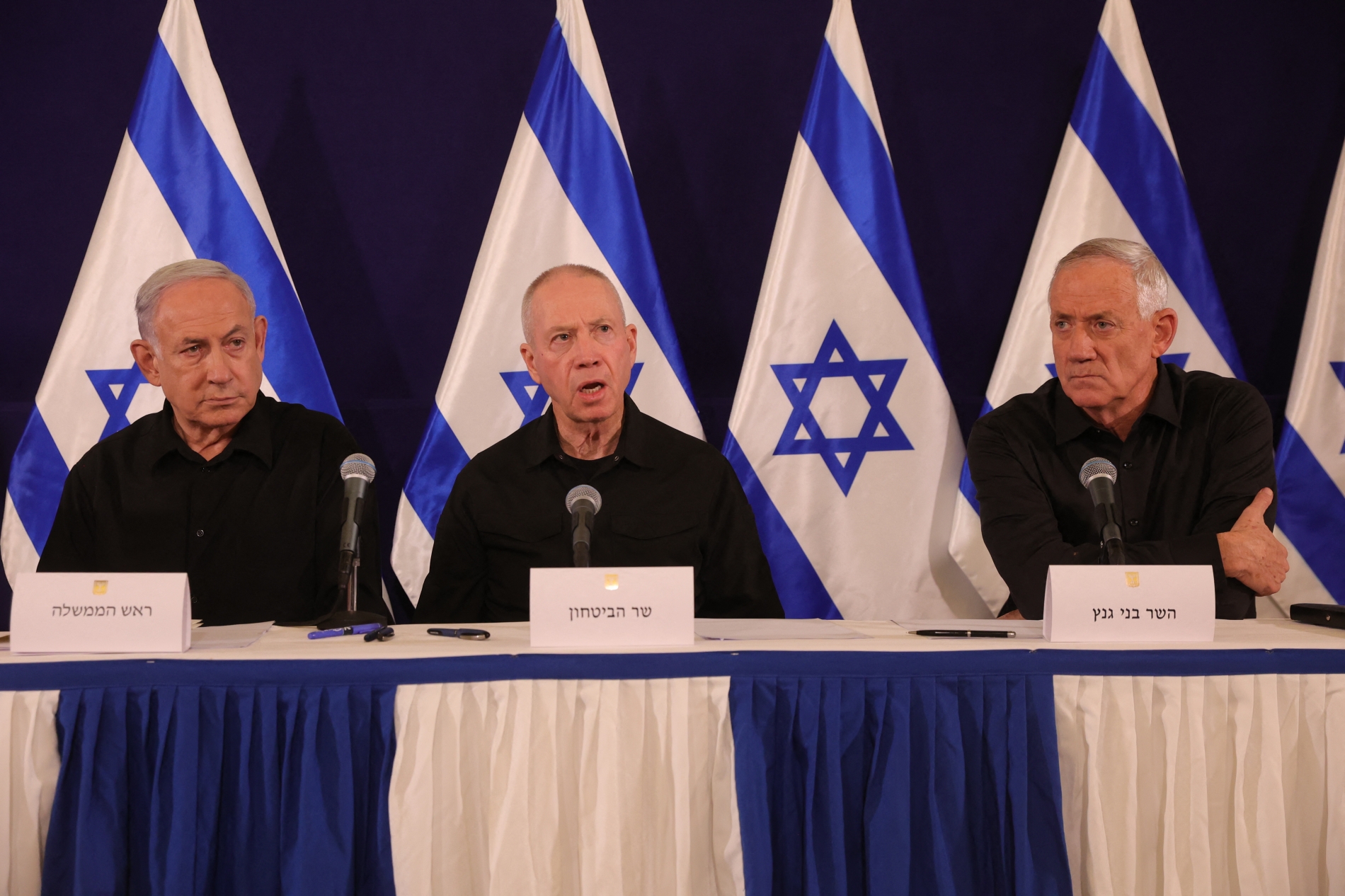
New rulebook
October 7 shattered Israel's long-standing strategic assumptions about deterrence and containment. For over a decade, Israel had operated under what analysts called the "mowing the lawn" strategy—periodic military operations designed to degrade Hamas capabilities while avoiding the costs of full-scale occupation of Gaza. This approach was predicated on the belief that Hamas—being a quasi-state actor governing Gaza—would exhibit rational behaviour and could be deterred through limited military pressure.
The sophistication and brazenness of the October 7 attacks demonstrated that this assumption was fundamentally flawed. Hamas had spent years preparing for what its leaders called "the final war," using the periods of quiet to build an extensive tunnel network, stockpile weapons, and plan an operation designed to drag Israel into a prolonged conflict that would force the Palestinian cause onto the global stage.
Israel’s strategic pivot extended beyond Gaza. Israel abandoned its traditional approach of calculated escalation in favour of an “October 7 mentality” that favoured pre-emptive strikes, using force to reshape regional dynamics rather than simply managing them.
This represented a fundamental departure from decades of Israeli strategic thinking, which had emphasised what is called the “campaign between the wars”—a strategy aimed at weakening Israel’s enemies without provoking broader conflicts. In the months that followed, this strategic pivot would become even clearer, as Israel took a far more aggressive posture aimed at defeating adversaries and carving out “buffer zones” on Arab land.
Changed domestic landscape
Israel’s domestic scene has also been profoundly reshaped by the October 7 attacks and their aftermath. To be sure, most of the issues that defined the post-October 7 era were already present before the Hamas attacks. Israel had just gone through a period of dramatic political polarisation, as the Netanyahu-led government was pushing through a controversial judicial reform.
Large segments of the Israeli public viewed this reform as a direct threat to the country’s democratic identity, one that would weaken the only counterbalance to the executive's power. Netanyahu’s determination to cling to office, coupled with his effort to deflect responsibility for the October 7 failures, reinforced the perception that his primary goal was shielding himself from any sense of accountability. Netanyahu, on the other hand, has presented this opposition as an undemocratic attempt by an Israeli “deep state” to regain control of public affairs through judicial overreach.

